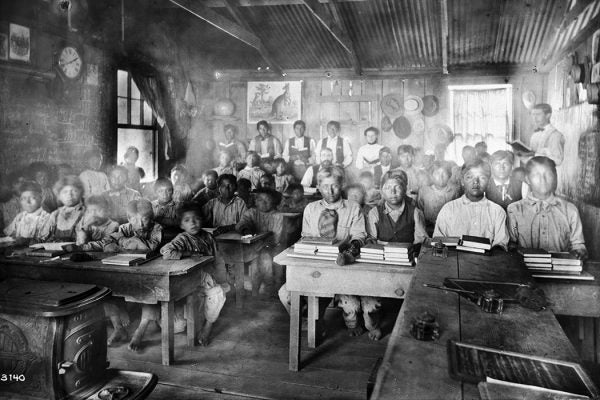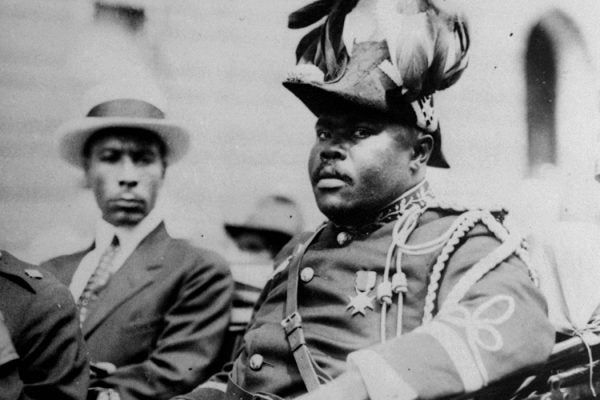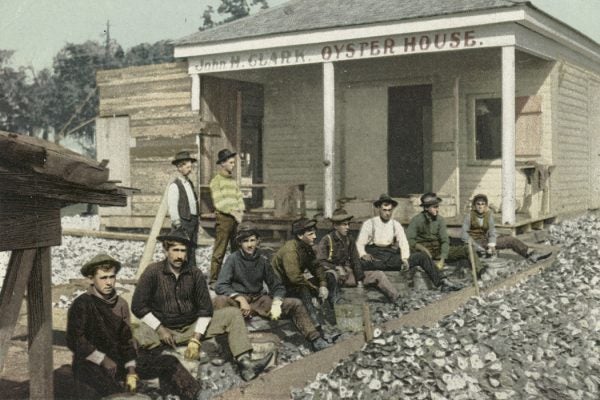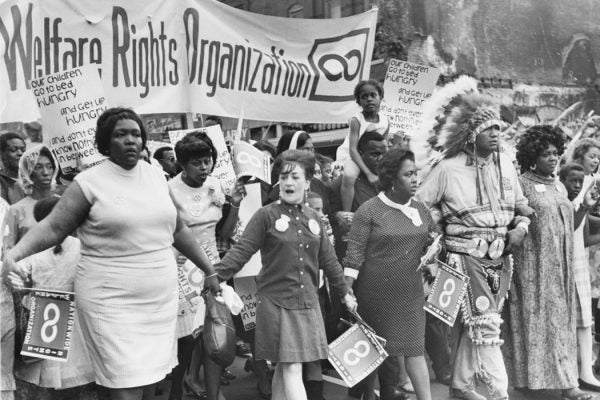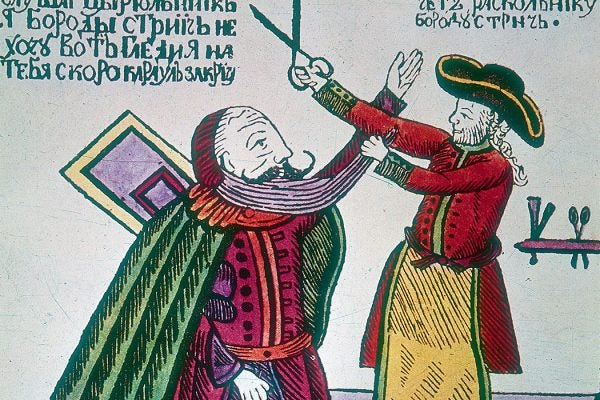Life in Indigenous Boarding Schools
Survivors of schools in the US spoke with scholars about their experiences of cruelty, neglect, and cultural degradation.
Marcus Garvey’s Journey Began in Central America
Marcus Garvey left Jamaica unemployed, an anti-colonial trade unionist who British authorities considered dangerous.
When the Girl Scouts Were Accused of Being Commies
In response to right-wing attacks during the Cold War, the Girl Scouts changed their tone. Somewhat.
How Oysters Became a Food Fad Way out West
Oysters in Wyoming and Arizona? In the nineteenth century? Yes, and mighty tasty too!
How Pigeons Helped Fight World War I
At ten weeks old, many of the birds headed to the trenches, carrying back messages over distances of about ten miles.
The Return of Hemp
Even though it's made from cannabis plants, you can't get high on hemp. But it was classified as an illicit drug for nearly 50 years.
How Poor Women Shaped the War on Poverty
Bridging the gap between policy and people was a central aim of the War on Poverty. Often, women were the ones who linked the government to the community.
Guns in America: Foundations and Key Concepts
This non-exhaustive list of readings on the role of guns in US history and society introduces the field as a subject of scholarly inquiry.
ADHD: The History of a Diagnosis
Attention deficit hyperactivity disorder has been a controversial diagnosis since it was first described, back in the 1940s.
